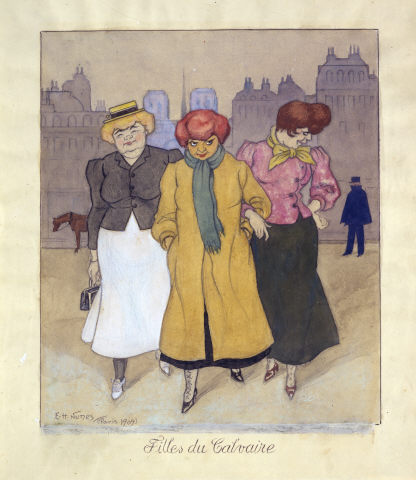
Emmerico Nunes
Filles du Calvaire
Lisbon, Portugal, 1888 – Sines, Portugal, 1968
One of Emmerico Nunes’ defining features is the continuous line, exact and perfectly controlled, with which he captures and transcribes the uses and customs of his Bavarian contemporaries in the German magazine Meggendorfer Blätter (Munique, 1888-1944), of which he was one of the major contributors between 1911 and 1924. Such mastery implies a great complicity between artist, characters and themes, confirming in this the German ancestry inherited through his mother. A whole local world with which Emmerico identified permeates his caricatures of the time, and it is precisely from this identification that stems the excellence of his work, unique within the panorama of Portuguese art history. The drawings he produced for the Portuguese press don’t betray the same easiness, precise execution and graphic quality of the drawings of this period, which might be partly explained by the existential difficulties the artist experienced after his definitive return to his native country in the 1920’s.
Portuguese art historiography, which Alfredo Margarido once called a patriot’s historiography, is indebted to artists “between native lands” like Emmerico. If, on the one hand, his long collaboration with German periodicals and his recognition in a renowned European context could serve to gather some international laurels, the artist was as quickly relegated to hurried classifications of “petty bourgeoisie” and “naïf”. After the regressive practices promoted by half a century of dictatorship, it was important to inscribe Portuguese art within the panorama of modern history. This, in turn, led, within the immediate concerns of aesthetic comparison, to the compilation of indices that would allow for the approximation of Portuguese art to recognized international modern movements. Within this context, Portuguese art history practice at the end of the New State regime and after the 1974 revolution did not recognize in Emmerico’s work the desired symbols of modernity. He was rather labeled as a “conformist” and pushed to the periphery until today.
Over 40 years later and with the hindsight achieved only in time, the moment has come to review and to try new approaches to Emmerico Nunes’ vast oeuvre, which, alongside hundreds of satirical illustrations published in German, Swiss, Dutch, Spanish and Portuguese periodicals, includes an ample and interesting production of paintings (portraits, self-portraits, landscapes), all of which still need to be studied and whose technical and aesthetic quality other painters and admirers of his work always considered superior to his illustrations.
Isabel Lopes Cardoso
May 2010

Filles du Calvaire
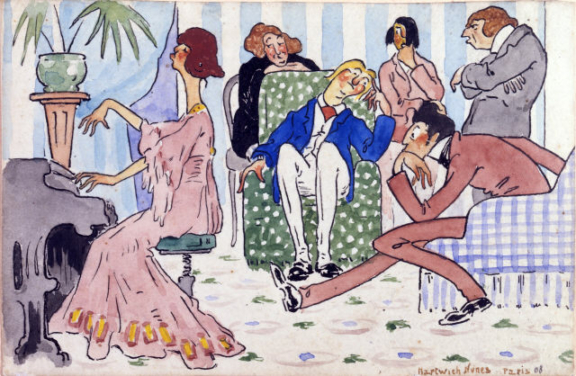
s/título
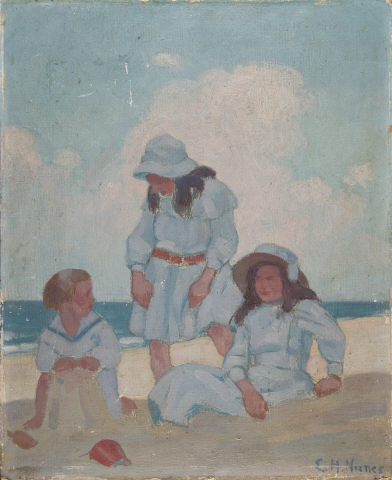
O irmão e as duas irmãs do pintor
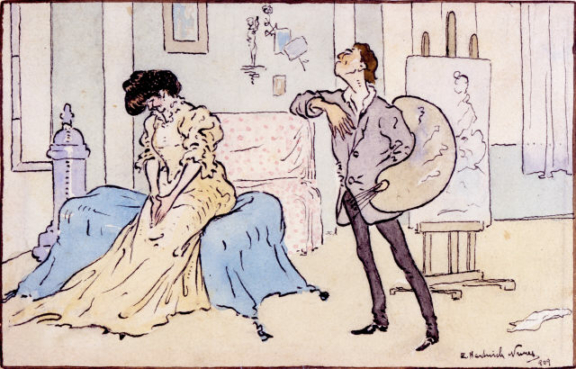
s/título (O pintor e o modelo)

Untitled
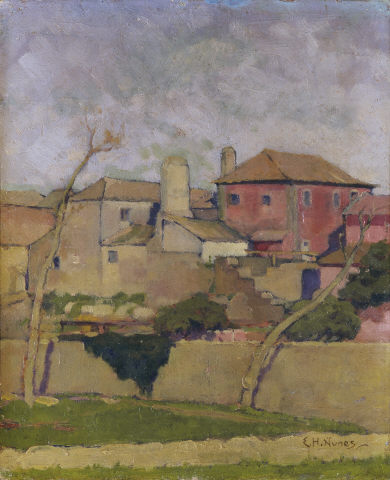
Rebelva (Carcavelos)
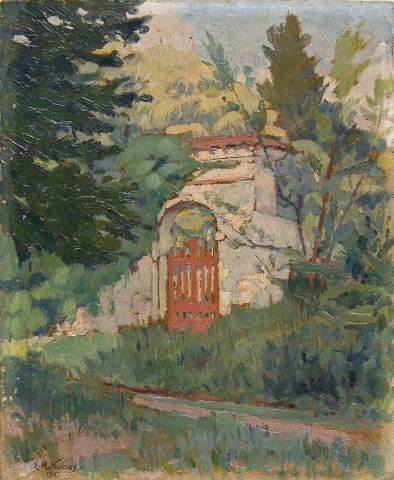
Porta Rústica
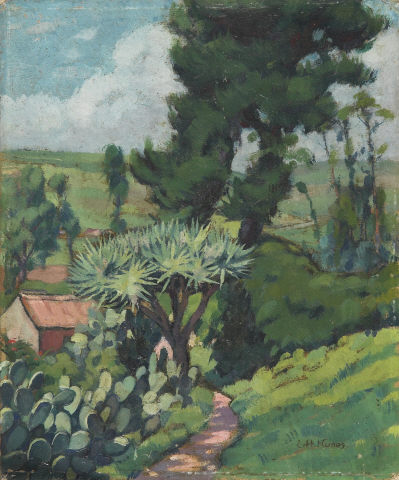
Paisagem
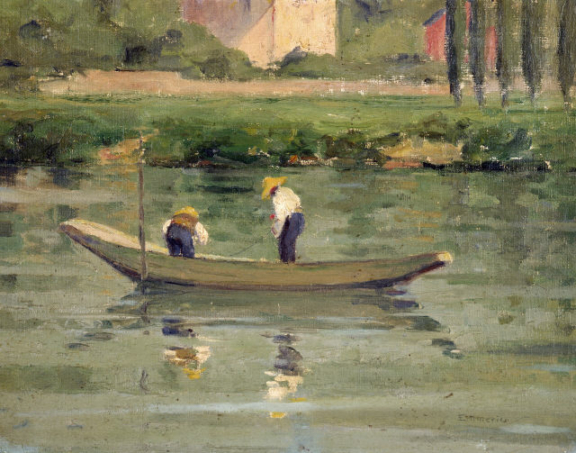
s/título

Brooklyn N.Y.
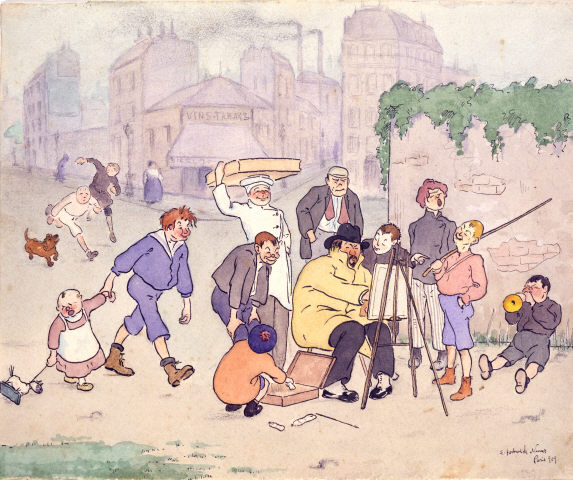
s/título (O pintor Francis Smith)